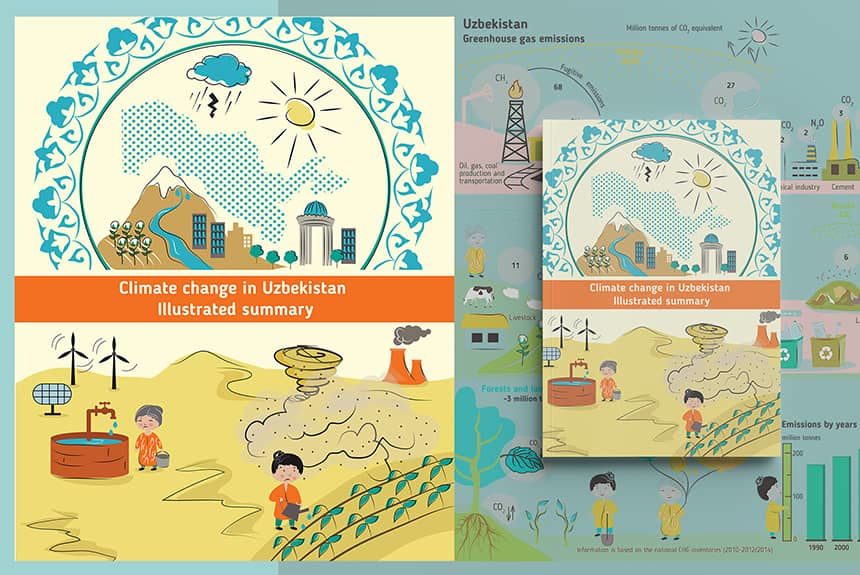Climate change has reduced the glaciers in Central Asia by 30 per cent in the past 50-60 years. This glacial decline is projected to result in water shortages and lead to an 11% drop in the region’s GDP.
Uzbekistan is one of the countries in Central Asia affected by water shortages; the problem will be exacerbated by climate change, leading to an increase in drought duration.
The country’s total water deficit has reached more than 3 billion cubic meters, and it is expected to increase to 7 billion cubic meters by 2030 and 15 billion by 2050.
The availability of water per capita has also declined over the past 15 years, from 3048 to 1589 cubic meters, while the country’s population is increasing at a rate of 650-700 thousand per year.
It is estimated that Uzbekistan’s population will reach 39 million by 2030. This population increase is expected to raise water demands by 18-20%.
Surrounding Uzbekistan’s borders are Kazakhstan to the north, Kyrgyzstan and Tajikistan to the east, and Turkmenistan to the south. The desert accounts for 78% of the country’s total area, making it more susceptible to droughts and water scarcity.
According to Eureporter, the country has taken systemic measures to cope with future water demands and mitigate their consequences. To do this, the government has adopted several conceptual documents in the last four years:
- The concept of environmental protection till 2030
- The Strategy for the transition of the republic to a “green” economy for the period 2019-2030
- The Strategy for the management of solid household waste for the period 2019-2028
- The Concept of development of the water sector of Uzbekistan for 2020-2030
- The Concept of providing Uzbekistan with electric energy for 2020-2030
- The concept of development of the hydrometeorological service of the Republic of Uzbekistan in 2020-2025
- The Strategy of water resources management and development of the irrigation sector in the Republic of Uzbekistan for 2021-2023.
The primary purpose for these documents is to mitigate and adapt to climate change effects as stated in these documents, which includes reducing emissions and pollutions, rational use of water resources, the introduction of environmentally friendly technologies, boosting renewable energy sources, increase collection and removal of waste services to the population, improving energy efficiency, and reduce the use of hydrocarbons.
The country also implemented institutional reforms and established offices to improve the public administration of its environmental protection and management.
Measures to combat water resource depletion include introducing water-saving technologies and drip irrigation as part of the Water Resources Management Strategy for 2021-2023.
The country is also creating protective green spaces on the drained seabed and increasing the areas covered by forests and shrubs to minimise the drying up of the Aral Sea, which has seen continuous shrinkage over the years. It is also taking active steps to strengthen international cooperation with neighbouring Central Asian countries to save the Aral Sea.
To know more about Uzbekistan’s Climate change adaptation and mitigation plan, click the link below:
Check out the World Bank’s illustrated summary of climate change in Uzbekistan:
Source Citation:
Uzbekistan takes systemic measures to mitigate effects of climate change. (2021, August 16). Eureporter. Retrieved from https://www.eureporter.co/world/uzbekistan/2021/08/16/uzbekistan-takes-systemic-measures-to-mitigate-effects-of-climate-change/
Climate change in Uzbekistan Illustrated summary. (2020). The World Bank. Retrieved from https://zoinet.org/wp-content/uploads/2018/01/UZB-climate-summary-en.pdf
Uzbekistan. UNDP. Climate Change Adaptation. Retrieved from https://www.adaptation-undp.org/explore/central-asia/uzbekistan



Leave a Reply